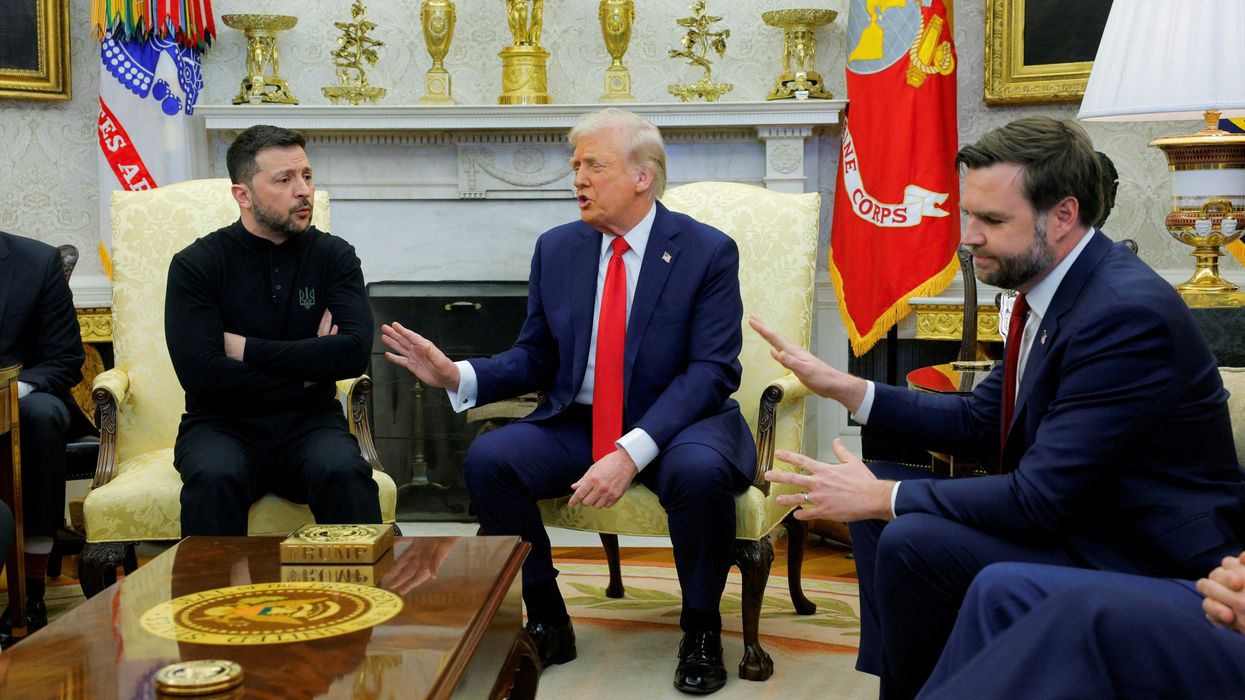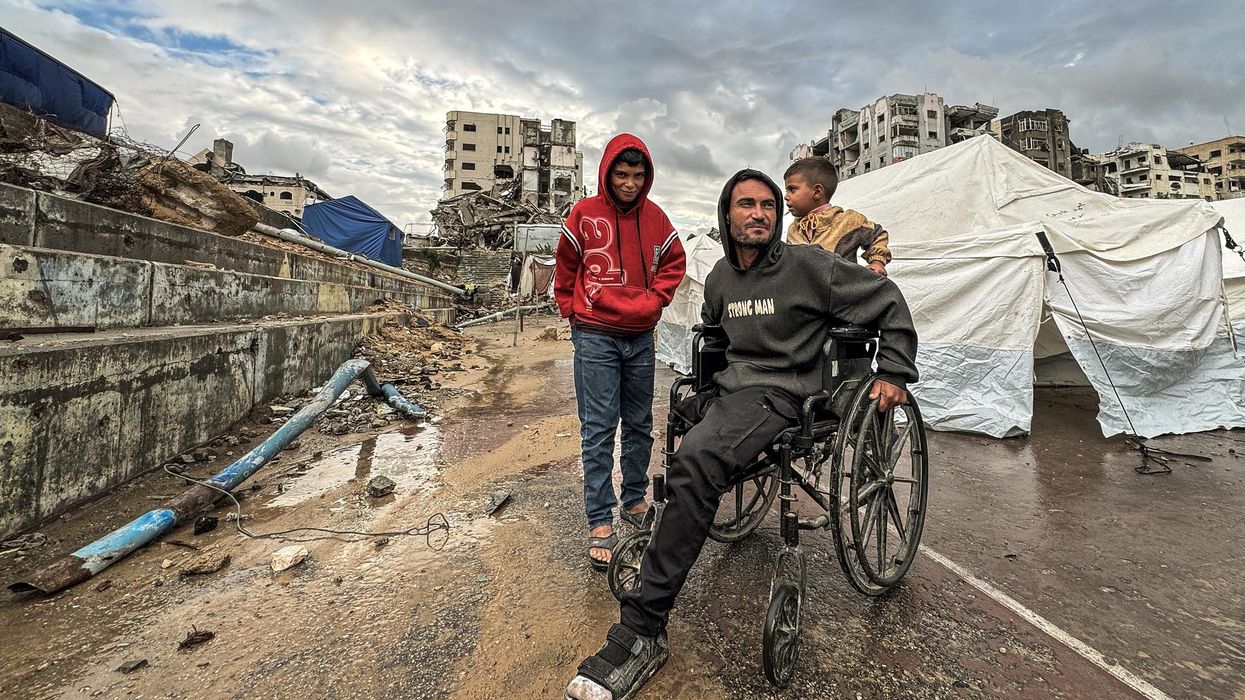The Middle East and North Africa region is a growing nucleus of arms build-ups and a battleground for raging conflicts. Especially since the Syrian conflict and Libyan civil war in 2011, the regional arms race has escalated as the United States, Russia, France, the United Kingdom, Germany, China, and others compete in multi-billion-dollar arms sales to the states there. SIPRI data shows that, while global arms trade flattened during the 2016-2020 period, arms trade to the MENA region grew by 25 percent. Compared to the previous five-year period, the market share of the region increased from 26 to 33 percent while the share of all other regions declined.
Today, the region receives over 47 percent of U.S. global arms exports and Saudi Arabia alone accounts for 24 percent of total U.S. arms shipments. Since 2011, it has witnessed rapid growth in arms imports led mainly by Saudi Arabia (+61 percent), Egypt (+136 percent), and Qatar (+361 percent). From 2016 t0 2020 four of the top ten arms-importing states in the world were in the Middle East (Saudi Arabia, Egypt, Qatar, and the UAE), with Saudi Arabia ranking as first world importer (11 percent of global imports). All main exporters have one or two countries from the region among their top three clients: The United States has Saudi Arabia; France has Egypt and Qatar; the United Kingdom has Saudi Arabia and Oman; Germany has Algeria and Egypt; Russia and China have Algeria.
Corresponding to the swelling of Middle East arms contracts is an accelerated increase in military spending. According to the World Bank, average military spending in share of GDP was 4.9 percent in the Middle East, or twice the world’s average of 2.4 percent in 2020. SIPRI data shows that, out of the top ten military spenders in share of GDP, seven are in the MENA region and, among the top ten states in terms of military expenditure per capita, six are from the Middle East.
Regional conflicts are a significant incentive for arms build-ups, exacerbated by foreign interventions to varying degrees. The perpetual antagonism between Israel and some Arab states and Iran is only the most apparent one. In the wake of the ongoing wars in Yemen, Syria, and Lebanon the rich Gulf states have ventured into the regional arms race. Iran’s controversial nuclear program and proxy wars in its neighborhood have been another important factor in the threat perceptions leading to arms build-ups in the region.
In this setting, U.S. foreign policy has always played a critical role. Recently, the Biden administration endorsed a policy of shipping only “defensive” weaponry to Saudi Arabia in view of Riyadh’s involvement in the war in Yemen. However, the State Department approved a major arms deal of 280 air-to-air missiles valued at up to $650 million.
Within the Arab world, Iran is the common adversary to many states. The UAE, another closest ally of the United States, has conducted talks on a $23 billion deal to import American-made F-35 fighter aircraft, armed drones, and other equipment, but this dialogue is now suspended. Together with Saudi Arabia, the UAE is engulfed in the war in Yemen, one of the world’s worst humanitarian catastrophes.
The United States is aggressively competing with Russia to secure regional arms deals. Russia has ramped up its arms supplies to its principal customers ― Algeria, Egypt, and Iraq. But Moscow is seeking an opportunity to disintegrate the persistent U.S. quasi-monopoly over the arms market within the Gulf Arab monarchies. States like Saudi Arabia and the UAE are indeed on the lookout to substitute U.S. weapons due to criticism over the Yemen war and more restrictive U.S. export control standards, especially in dual-use technology and missiles. However, Russia’s special relationship with Iran and prospects of new Russian arms sales to Tehran, including the Su-35 fighter jets that could not be sold to Algeria and Egypt, may hamper Russia’s ambitions.
Russia and China, despite being competitors, are more willing to disregard how weapons systems they sell are used. China has been one of the top three exporters of armed drones in the world (with the Untied States and Israel) and has included Gulf states as clients in recent years in addition to Iraq and Egypt.
North African states such as Libya, Algeria, and Morocco are also contributing steadily to the arms race, the latter two arming against one another. SIPRI estimates point to an increase of 64 percent in Algeria’s arms imports compared with 2011-15 levels, while Algeria and Morocco accounted for 70 percent of total African imports of major arms in 2016-20.
Local militias and rebel groups have also managed to secure a large portion of trafficked arms supplies, which almost always were originally legally produced or exported. This phenomenon of intentional or unintentional diversion of weapons is a major blow to international arms control efforts such as the Arms Trade Treaty. Given the instability of conflict situations, some weapons officially exported by one major supplier that have fallen in the hands of an armed group have been used against the exporter’s forces or allies, for example in the case of U.S. weapons captured by ISIS in Iraq.
While Arab states still import arms and ammunition from top manufacturers, the regional powers also have ambitions of developing their own military industries. Israel and Egypt are prime examples, with Israel having become a leading arms exporter with state-of-the-art technologies sold to Japan and India as well as, potentially, Arab Gulf states with which Israel concluded the Abraham Accords.
The regional wars in the MENA area fuel the arms race in the global struggle for hegemony. This phenomenon is further reinforced by the abundance of resources ― oil, gas, and minerals as well as pivotal geopolitical differences. The responsibility is thus shared by the great powers that instrumentalize this situation to carry out their competition ― a case in point is the inability of the U.N. Security Council to fulfill its mandate about those conflicts ― and the regional states driven by the belief that more armaments will provide security despite evidence that the most heavily armed states in the region failed to win wars and achieve a stable security environment.
















